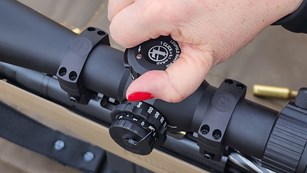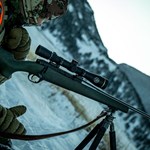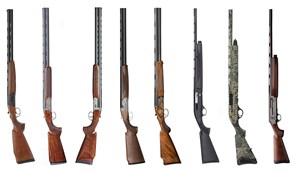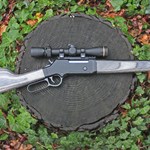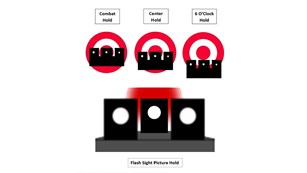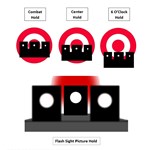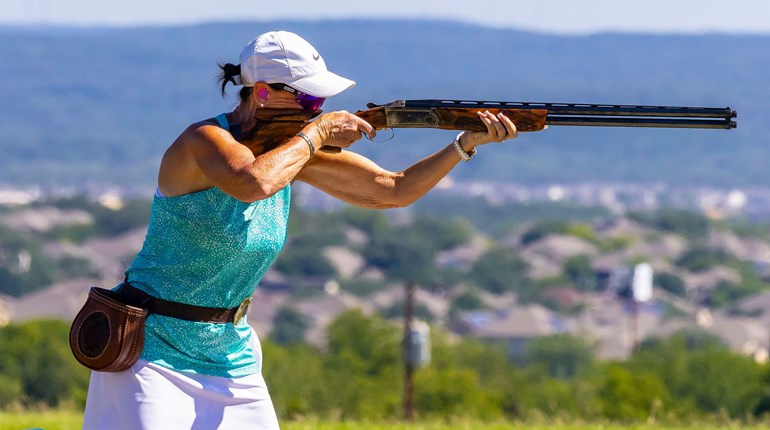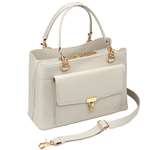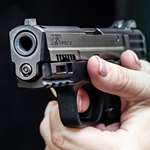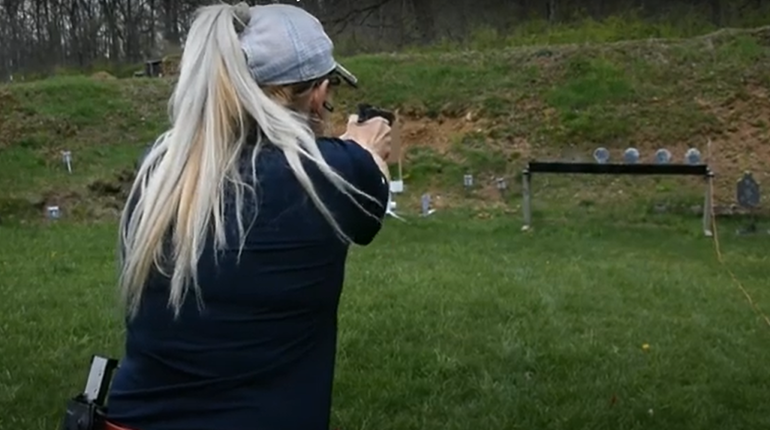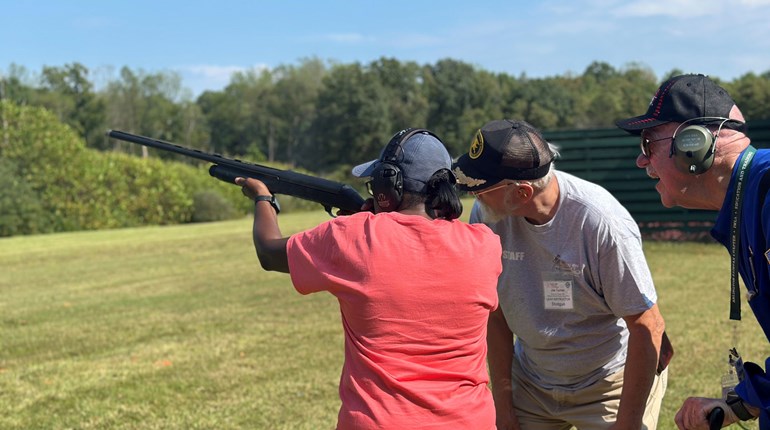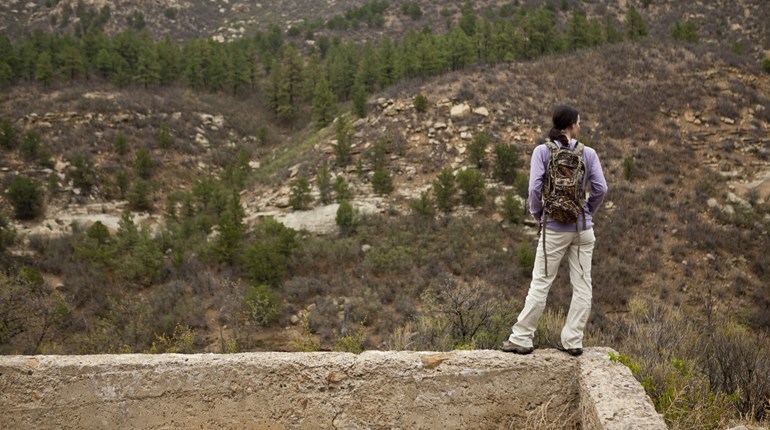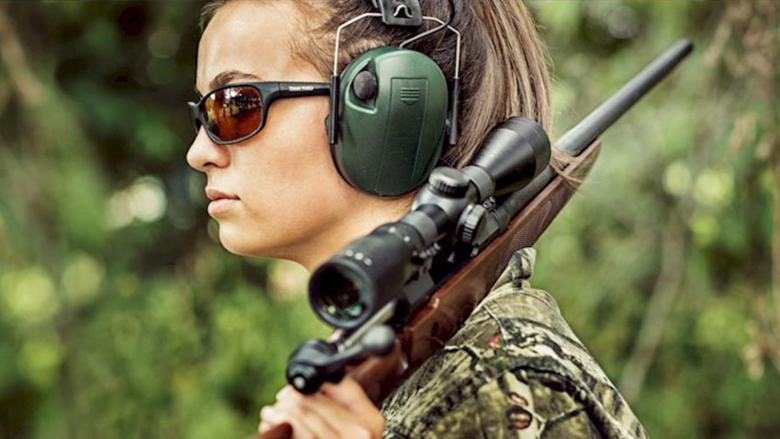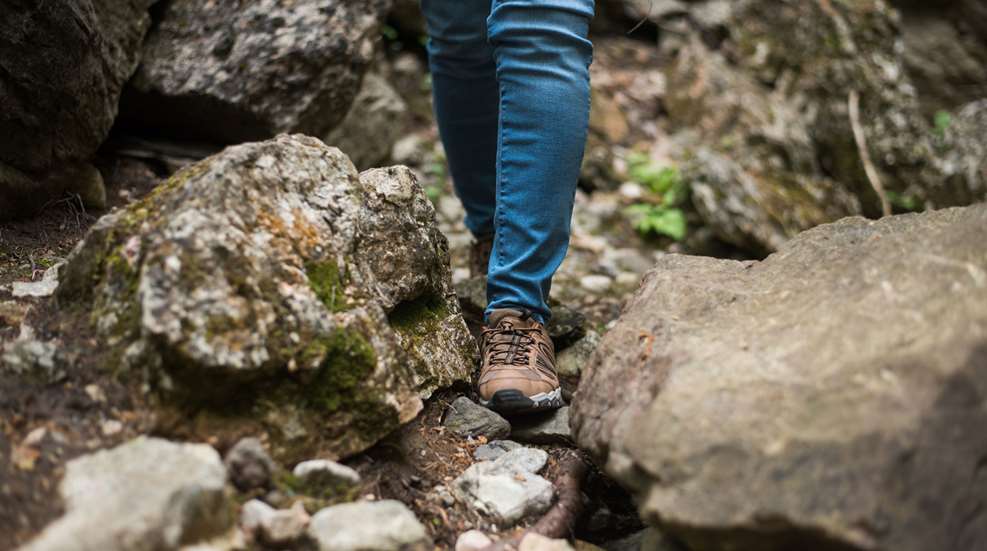
Let’s admit it: Hunting and shooting aren’t the cheapest hobbies. The average annualized cost decreases over time if you can keep yourself from buying more guns and a new truck (what fun is that?), but regardless, most of us are on a budget and aren’t looking to spend more than we need to go hunting or enjoy our range time. The trick to saving money in the long term is to spend money on the things where quality really matters—so you’re not replacing poor-quality items over and over—and to buy the inexpensive option on things that won’t affect your experience. So what do you splurge on and what do you save some cash on?
Buy the Best: Hunting Boots. Problems with your feet will ruin a hunt faster than almost anything else. Boots that don’t fit well or aren’t broken in properly can give you blisters and hot spots or irritate your soles or heels. A pair that’s not insulated enough for the conditions you’re in will have your toes feeling frozen in the first hour or two. Boots that aren’t waterproof will soak your socks the first time you come across a puddle. If the quality is poor and the sole starts to split as you hike, or dry rots after the first season of use, you’re going to be frustrated. Your feet need to be comfortable, dry and warm, so spend as much as you need to (within your own budget) to get the boots that really work well for you. And if you’re a hunter, that’s probably going to be more than one pair.
Cheap Out: Handgun Training Ammo. This might be a controversial take, but I think it’s totally fine to train with the cheapest ammo you can find. Now, this comes with a few caveats: It might not be as accurate as better-quality ammo (which is why I don’t recommend this for rifle shooters concerned with precision), and it will probably shoot pretty dirty, so be prepared to clean your gun more often. For self-defense handgun training at the range, the accuracy isn’t as big a deal because you’re at short ranges, but the biggest thing you’ll run into with cheap ammo is that it might cause more malfunctions and jams. That sounds like a pain, but in my mind, it just gives you more chances to practice malfunction drills, which is actually really helpful for a concealed carrier. If you don’t mind the caveats, you can definitely save money by buying cheap training ammo.
Buy the Best: Defensive Ammo. On the flip side, you want to minimize the chances of ammo-induced malfunctions in a real-life self-defense situation, so buy the best defensive ammo you can afford to keep in your carry gun. Plus, ammo made specifically for self-defense is designed for optimum penetration and performance. A self-defense situation is not the time to bet your life on cheap ammo. You don’t have to shoot it very often—just once in a while at the range to familiarize yourself with how it performs in your gun—so a box of really good ammo will last you a long time, and it’s worth the extra cost.
It Depends: Packs and bags. This category is hugely variable depending on the kind of hunting you do. I’m primarily a treestand and ground blind hunter; I don’t have very far to walk to any of my stands, and when I have an animal down, I can generally get a four-wheeler very close to it, so I’m not packing out meat. A $30 camo backpack from the big-box store works just fine for a day in the treestand. On the other hand, if you are climbing mountains, packing an elk out on your back in multiple trips, or setting up a spike camp, you’re going to want a really good backpack that distributes weight well and offers you maximum performance and versatility. This category has a huge price variance because the use cases are so different.
Middle of the Road: Optics. Most of us don’t need a $3,000 scope on our rifles, but the super cheap end of the spectrum here really isn’t worth the money, either. Buy decent middle-of-the-road riflescopes and binos unless you plan to spend hours and hours glassing through your binoculars (as some Western hunters do) or you just really want a super-high-end scope. Most scopes over about $300 or so, and even some under that, will do everything the average deer hunter needs. Look for coated lenses, fogproof construction and some kind of warranty.
Middle of the Road: Guns. Over the past few decades, rifles in particular have gotten better and cheaper at the same time. You can buy a very good hunting rifle for $600 or less, and while higher-end models might offer some nice features, most of us can get by just fine without them. Even inexpensive rifles shoot MOA or sub-MOA these days. Similarly, there is a huge price range in shotguns and handguns, and even the low-end options will get the job done. I don’t want you staking your life on the cheapest Saturday Night Special you can find (there IS some junk on the market), but you also don’t have to shell out a grand or more for a reliable concealed carry firearm that will serve you well for many years. You can buy a really good, very serviceable handgun for not a lot of money these days.
What Else?
You know better than I do what gear will work for you based on what, how, when, where, and how often you hunt, but I’ll throw out a few more guidelines based on my experience buying gear. Some might disagree, but these are the things I personally splurge on and cheap out on.
Buy the Best You Can Afford: Most types of treestands, any kind of safety gear like treestand harnesses, seats (especially for turkey hunting), bug spray (you don’t have to spend a lot, but spend whatever you have to to get something that really works), apparel if you are a very active hunter, precision rifle ammo, concealed carry holsters and gun belts, instructors/shooting classes, a gunfitting for your shotgun, airline-approved travel cases, lubricants.
Middle of the Road: Laser rangefinders, thermal optics, socks (I like wool), apparel if you’re a fairly inactive/stationary hunter, waterfowl and upland bird ammo, hunting rifle ammo unless you’re taking long-range shots, turkey vests, blind bags for waterfowlers, home gun safes, cleaning solvents, ground blinds (they need to be comfortable, but they all tend to fade and wear out after a while anyway).
Cheap Out: Paper targets, range bags unless you’re a competitor, range apparel if you’re a casual shooter, soft-sided gun cases for transporting long guns in a vehicle.
—Jo Deering
